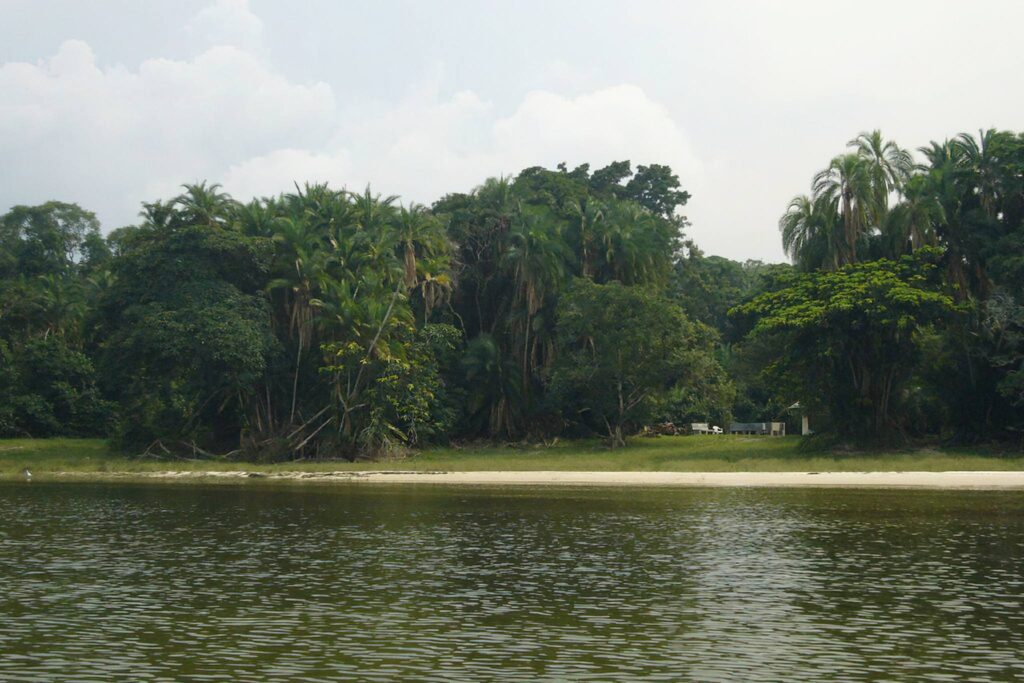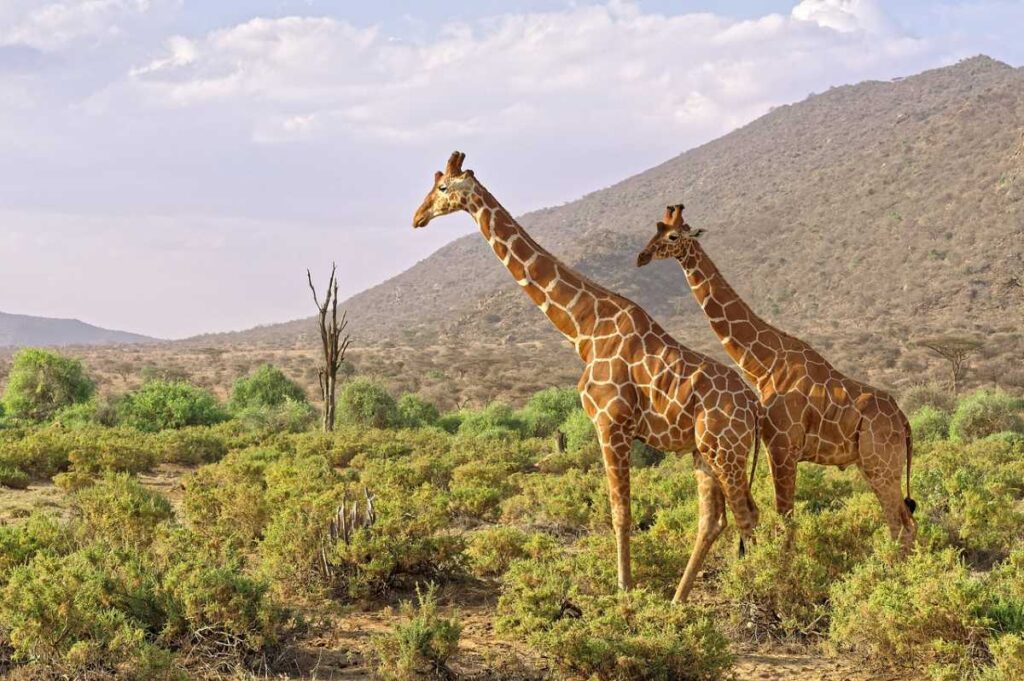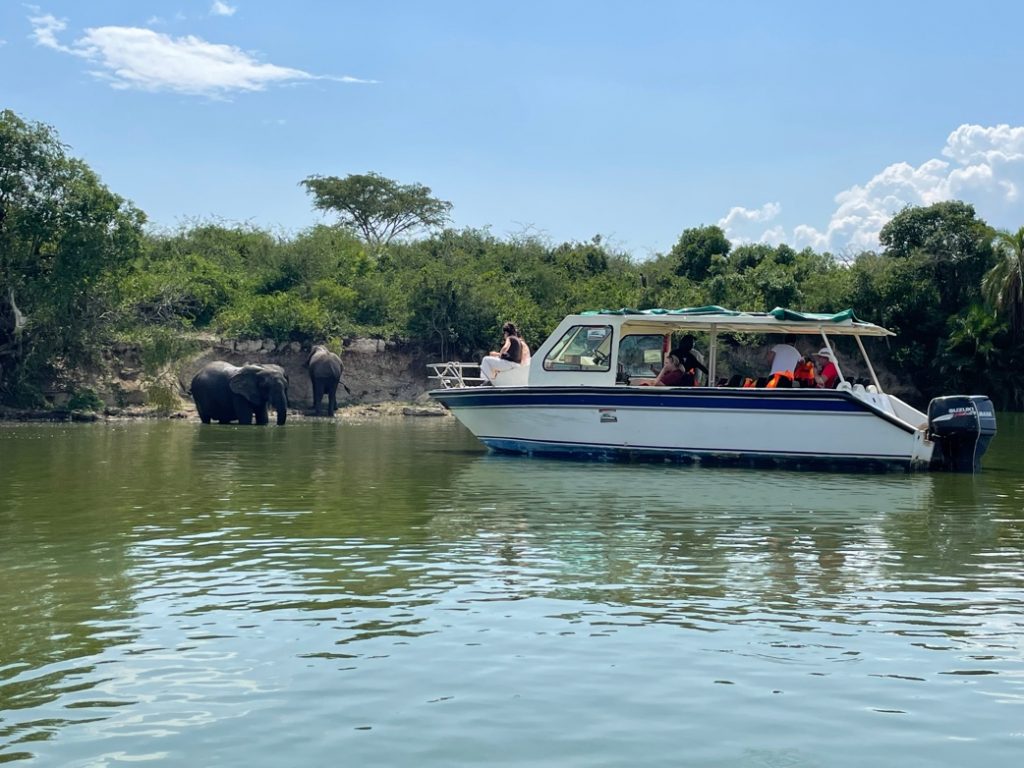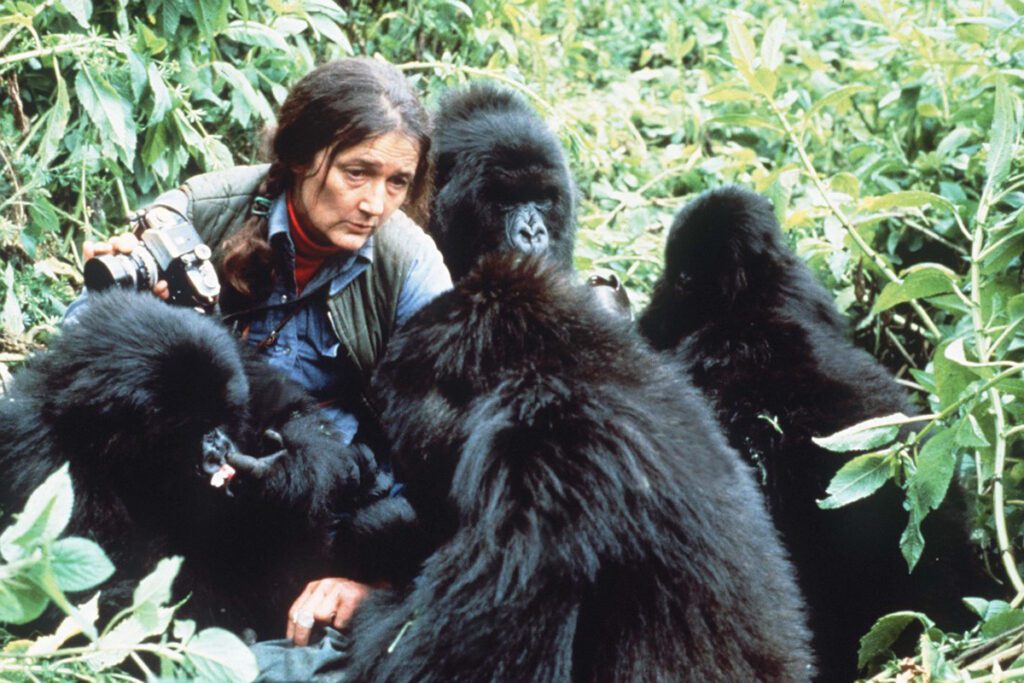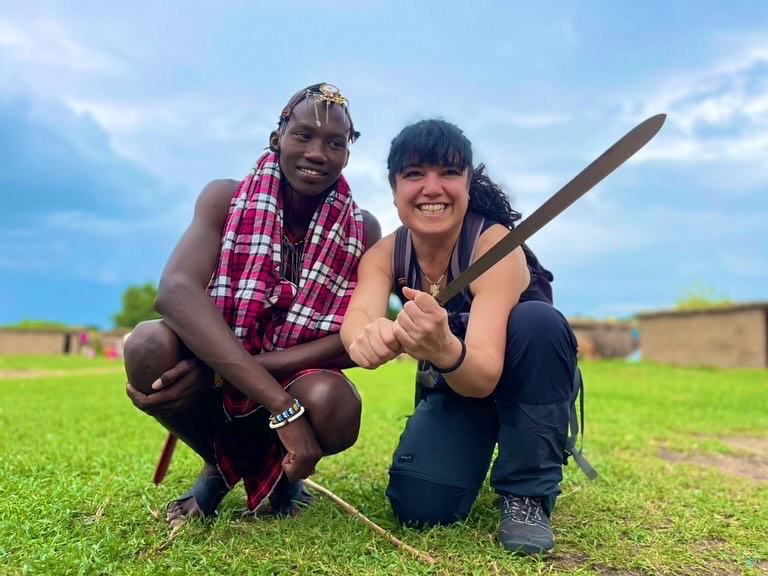Situated in the northern part of Tanzania just about 170 kilometers from Tanzania’s Capital City Arusha, Ngorongoro crater is the largest inactive caldera in the whole world. Ngorongoro Crater lies in one of Tanzania’s popular national parks and a protected conservation area also known as Ngorongoro conservation area.
Ngorongoro crater dominates as a key attraction in this particular conservation area. Travelers and tourists come from across the world for walking and hiking safaris in Ngorongoro holding the world’s largest inactive caldera. Reaching the summit of the Ngorongoro crater is one of the most breathtaking and thrilling moments while on Tanzania safari tours.
The conservation area of Ngorongoro where the Ngorongoro crater is sheltered is one of the world’s largest protected areas and covers about 8292 square kilometers of the land area. The protected area is dominated by savanna woodlands, forests, huge highland plains and Ngorongoro crater. The world’s biggest intact and inactive volcanic caldera has about 265 square kilometres of a bowl and is 610 meters deep with soda lakes like Lake Magadi. The Ngorongoro crater is where the park derives its name “Ngorongoro” and remains a key attraction in this area.
Hiking safaris at Ngorongoro Crater Lake shall enable visitors to encounter the salty Lake Magadi, one of the world’s popular tourist attractions that attracts both domestic and international visitors from across the globe. Visitors shall also be amused at the number of flamingo birds that this particular lake attracts. Several other animal species including lions, rhinos, elands, and leopards can also be sighted on the shores of Lake Magadi.
WHAT TO SEE WHILE IN NGORONGORO CRATER
Ngorongoro crater bears a wide range of habitats where several wildlife species find shelter and the area’s ecosystem is also exceptional. Some of the ecosystems of Ngorongoro crater may include Magadi Salt Lake, hippo pool, lerai forest, forested crater wall, Mandusi and Gorigor swamps. Ngorongoro Crater conservation area also attracts over 550 different bird species including rare and migratory bird species.
Visitors at Ngorongoro crater shall also be able to sight the big five mammals alongside giraffes in one destination.
Visitors shall also be amused by the stunning landscape of Ngorongoro crater that shelters abundant wildlife including wildebeests, zebras, antelopes, impalas, buffaloes and more. The Ngorongoro crater conservation area also shelters the highest number of lions in the world over 65 – 70 lions were last recorded in 2020 and most of these lions were born from there, grew and died in there.
OTHER ACTIVITIES TO DO IN NGORONGORO CRATER
Bird watching. Ngorongoro crater is one of the best destinations for birders in Tanzania the conservation area attracts about 550 different bird species and some of these may include forest buzzards, golden-winged sunbirds, horn bills, vultures, ostriches, starlings, storks, crowned cranes, kori bustards, to mention but a few.
Walking safaris. Walking safaris are one of the best ways to explore and have the best out of Ngorongoro crater and conservation area as it offers a closer experience between visitors and key attractions surrounding the area. Several wildlife species can be seen while on walking safaris including elephants, buffaloes, elands, wildebeests, zebras, giraffes and more.
Game drives. Game drives are a popular tourism activity while visiting Ngorongoro crater and enable visitors to explore the area and have ultimate wildlife experience. Game drives enable visitors to descend into Ngorongoro Crater about 600 meters and a variety of wildlife species can be seen on the grassy plains of the crater including leopards, lions, rhinos, gazelles, cheetahs, elephants, antelopes, water bucks, buffaloes, giraffes, zebras, to mention but a few.
THE BEST TIME FOR HIKING SAFARIS AT NGORONGORO CRATER
Ngorongoro conservation area is very rich in abundant fauna and flora species hence remaining open for tourism all year around. However, the dry season of the year remains the best time for exploring the Ngorongoro crater. The dry period of December to February and June to September is the most exciting time to visit the world’s largest inactive caldera.
The roads to the destination are absolutely dry and very accessible during the dry season unlike when it’s wet season when they are slippery hence making the whole walking and hiking safari experience a stressful one. The wildlife of Ngorongoro is also more visible compared to the rainy season when animals try to hide from rain and coldness.

